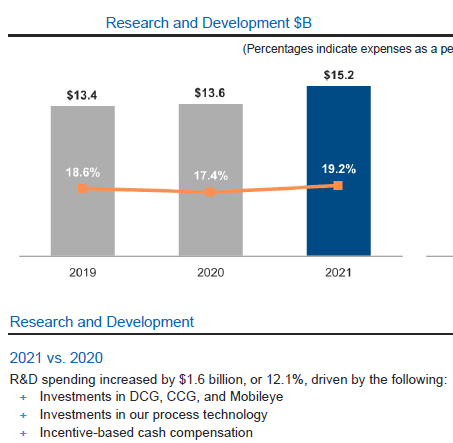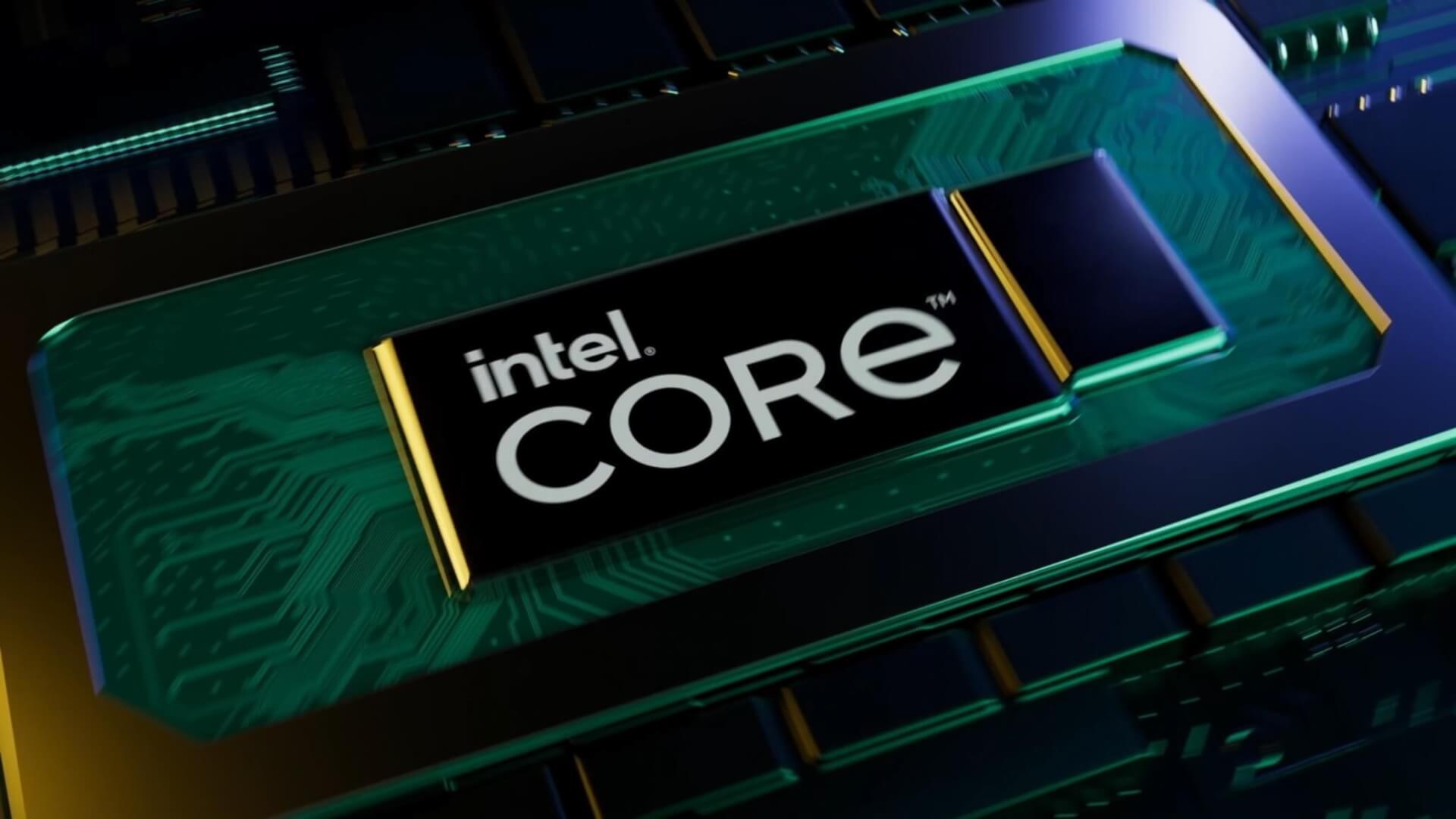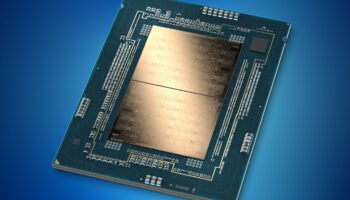Intel managed to register another record financial year, beating expectations (and disappointing investors). The chipmaker’s foundry has suffered numerous setbacks over the last decade, but things seem to be finally going in the right direction. All major Core series desktops, notebooks, and Xeon-SP server lineups are manufactured on the company’s 10nm nodes (10nm SuperFin, 10nm Enhanced SuperFin|7nm). Furthermore, yields for the same have improved significantly over the last two years. According to Intel CEO Pat Gelsinger, the production costs for the 7nm node are down by 30%.

As yields improve, more chips can be produced from each wafer, thereby improving the efficiency of the process node. Intel is presently using its 7nm fab for the newly launched 12th Gen Alder Lake processors, with the Sapphire Rapids-SP (scheduled for launch later this year) expected to follow suit in the coming months.

The older Ice Lake and Tiger Lake lineups were based on the original iterations of the 10nm node, and are likely not included in this figure. Looking to the future, Intel plans on launching its 14th Gen Meteor Lake processors using the 4nm node in late 2023. On this front, over $3 billion were allocated for the ramp-up of the advanced node in 2021. Revenue from the same will start trickling in by early 2024.






